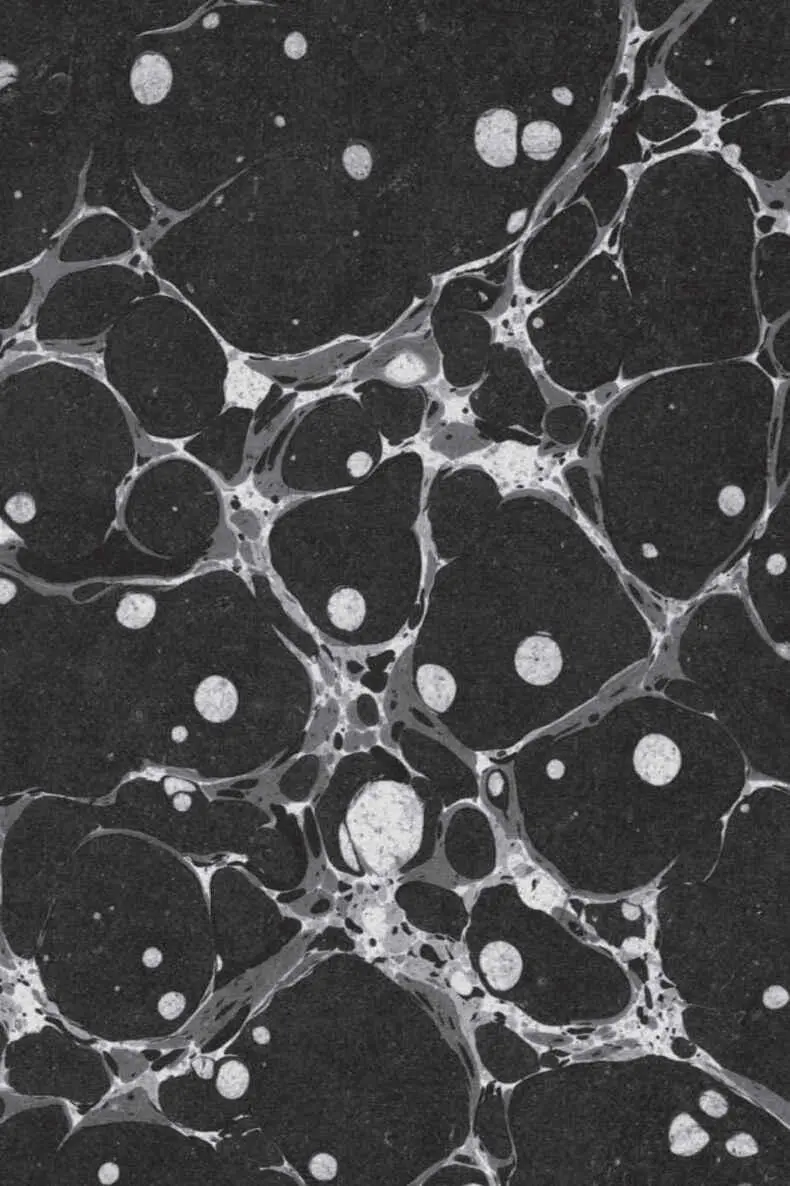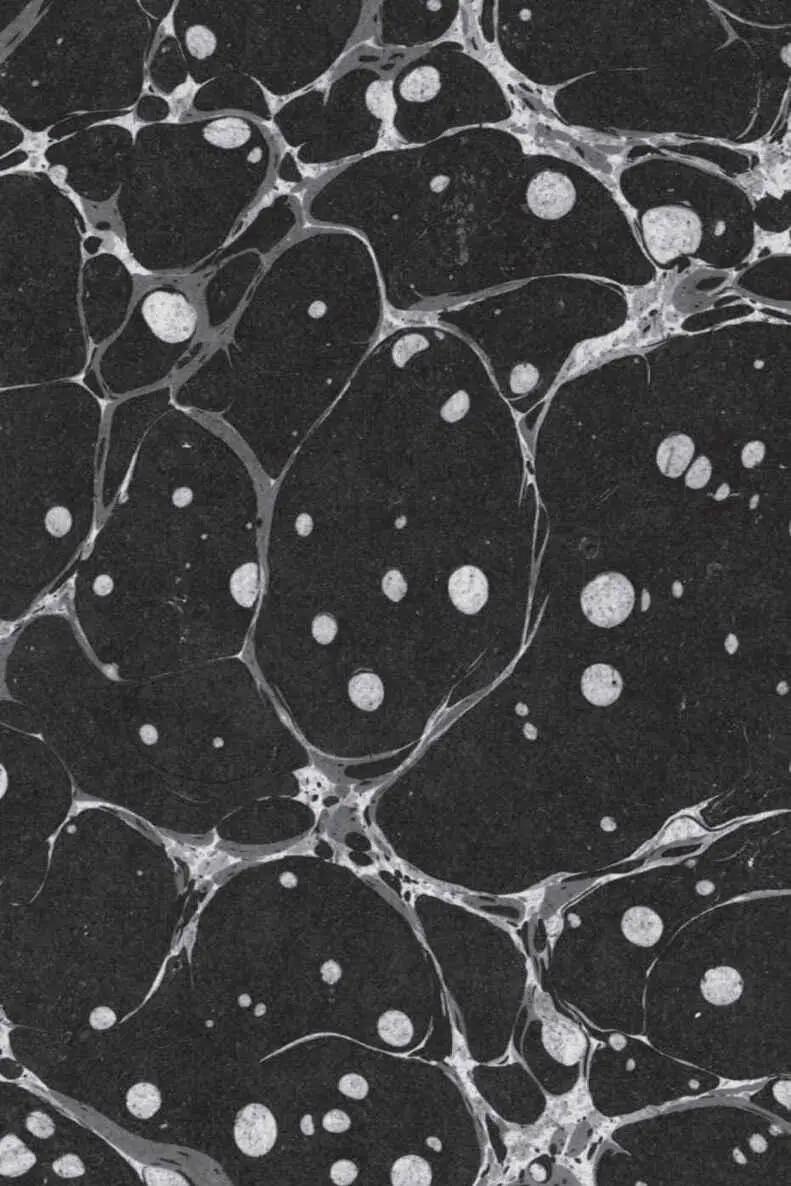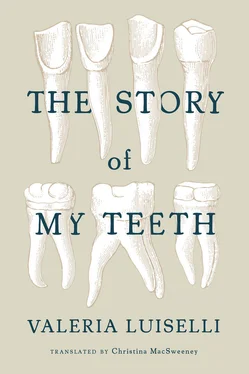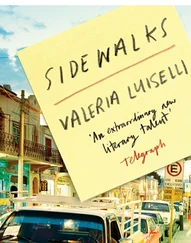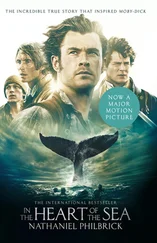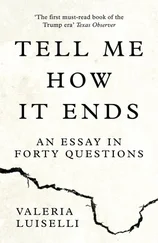Many of the stories told in this book come from the workers’ personal accounts — though names, places, and details are modified. The discussions between the workers also directed the course of the narrative, pushing me to reflect upon old questions from a new perspective: How do art objects acquire value not only within the specialized market for art consumption, but also outside its (more or less) well-defined boundaries? How does distancing an object or name from its context in a gallery, museum, or literary pantheon — a reverse Duchampian procedure — affect its meaning and interpretation? How do discourse, narrative, and authorial signatures or names modify the way we perceive artwork and literary texts? The result of these shared concerns is this collective “novel-essay” about the production of value and meaning in contemporary art and literature.
For their input and dedication, I would like to thank many people, but more than anyone, I’d like to thank the factory workers who read and somehow wrote this story with me: Evelyn Ángeles Quintana, Abril Velázquez Romero, Tania García Montalva, Marco Antonio Bello, Eduardo González, Ernestina Martínez, Patricia Méndez Cortés, Julio Cesar Velarde Mejía, and David León Alcalá.
Finally, I should say that from the initial installments read by the workers in the factory to this final version of the book in English, many things have changed. In fact, the Spanish book is also different from the English one — as has been the case with my previous books, which I revise and rewrite so thoroughly in English that I prefer to conceive of them as versions rather than translations. This English edition, moreover, includes an extra “chapbook” written entirely by my translator, Christina MacSweeney. Her Chronologic is a map, an index, and a glossary for the book, which both destabilizes the obsolete dictum of the translator’s invisibility and suggests a new way of engaging with translation; one that neither relies on bringing the writer closer to the reader — by simplifying and glossing the translated text — nor on bringing the reader closer to the writer — by means of rendering the text into a kind of “foreign English.” This book began as a collaboration, and I like to think of it as an ongoing one, where every new layer modifies the entire content completely.
The Story of My Teeth contains references to many texts, and in most cases these are creatively interpreted, paraphrased, or have been altered slightly through multiple translations. Pg. 16: Gaius Suetonius Tranquillus quote from The Twelve Caesars, translated by Robert Graves, Penguin Books, 1957. Pg. 22: Jean Baudrillard quote from America, translated by Chris Turner, Verso, 1989. Pg. 27: Cervantes. Pg. 45: Michel Foucault quote from “The Lives of Infamous Men” in Power: Essential Works of Foucault 1954–1984, Volume 3, translated by Robert Hurley, The New Press, 2001. Pg. 52: Michel de Montaigne quote from “Of Experience.” Pg. 55: Charles Lamb quote from The Life, Letters and Writings of Charles Lamb Volume II, Pg. 56: G. K. Chesterton quote from “The Appetite of Earth” in Alarms and Discursions, Dodd, Mead and Company, 1911. Pg. 71: Marcel Proust quote from Remembrance of Things Past: Swann’s Way, translated by C. K. Scott Montcrieff, Henry Bolt, 1922. Pg. 87: Danill Kharms quote based on excerpt from Today I Wrote Nothing: The Selected Writings of Daniil Kharms, Ardis Publishers, 2007. Pg. 91: Based on a line from Shakespeare’s Much Ado About Nothing. Pg. 113: Based on sayings by Vince Lombardi, Cervantes, and unattributed Latin, Chinese, and Spanish proverbs. Pg. 134–135: Walter Benjamin quote based on excerpt from “Theses on the Philosophy of History” in Illuminations, Schocken Books, 1968.
CHRISTINA MACSWEENEY has an MA in literary translation from the University of East Anglia and specializes in Latin American fiction. Her translations have previously appeared in a variety of online sites and literary magazines. She has also translated Valeria Luiselli’s novel, Faces in the Crowd , and essay collection, Sidewalks .
